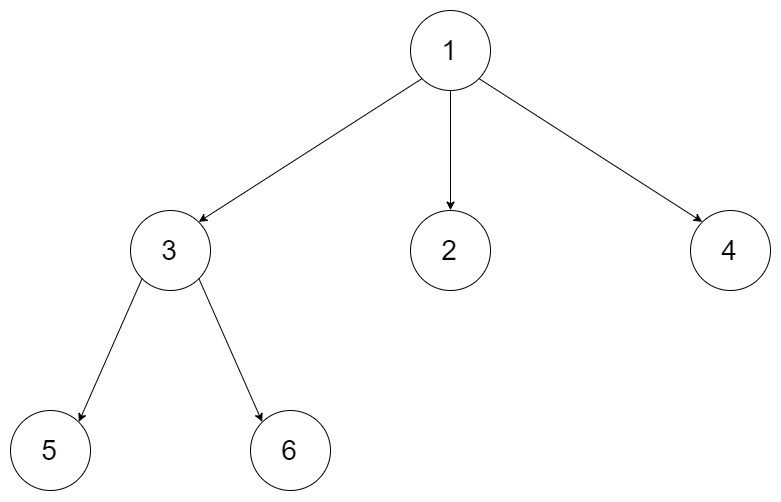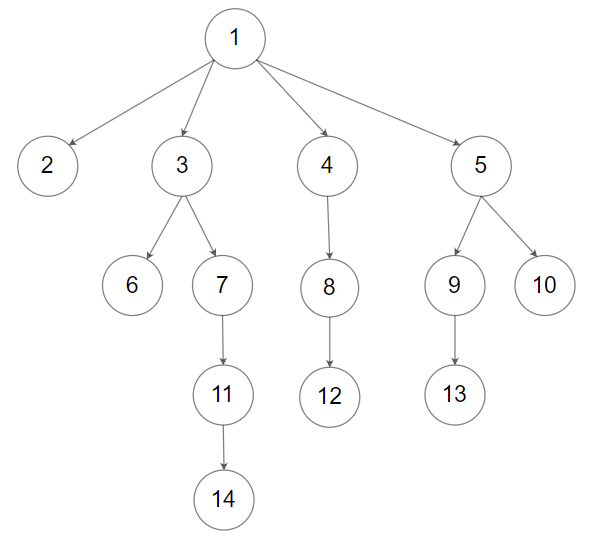

LeetCode: 589. N-ary Tree Preorder Traversal
source link: https://mozillazg.com/2020/12/leetcode-589-n-ary-tree-preorder-traversal.html
Go to the source link to view the article. You can view the picture content, updated content and better typesetting reading experience. If the link is broken, please click the button below to view the snapshot at that time.
题目¶
原题地址:https://leetcode.com/problems/n-ary-tree-preorder-traversal/
Given an n-ary tree, return the preorder traversal of its nodes' values.
Nary-Tree input serialization is represented in their level order traversal, each group of children is separated by the null value (See examples).
Follow up:
Recursive solution is trivial, could you do it iteratively?
Example 1:

Input: root = [1,null,3,2,4,null,5,6] Output: [1,3,5,6,2,4]
Example 2:

Input: root = [1,null,2,3,4,5,null,null,6,7,null,8,null,9,10,null,null,11,null,12,null,13,null,null,14] Output: [1,2,3,6,7,11,14,4,8,12,5,9,13,10]
Constraints:
- The height of the n-ary tree is less than or equal to 1000
- The total number of nodes is between [0, 10^4]
解法¶
这个题目虽然说的是 N 叉树的前序遍历,但是实现方法跟二叉树的前序遍历几乎是一样的, 可以参考前面 LeetCode: 144. Binary Tree Preorder Traversal 的方法进行实现。
递归法实现¶
这个方法的 Python 代码类似下面这样:
"""
# Definition for a Node.
class Node(object):
def __init__(self, val=None, children=None):
self.val = val
self.children = children
"""
class Solution(object):
def preorder(self, root):
nodes = []
self._preorder(root, nodes)
return nodes
def _preorder(self, root, nodes):
if root is None:
return
nodes.append(root.val)
for c in root.children:
self._preorder(c, nodes)
stack 法实现¶
这个方法的 Python 代码类似下面这样:
"""
# Definition for a Node.
class Node:
def __init__(self, val=None, children=None):
self.val = val
self.children = children
"""
class Solution:
def preorder(self, root):
if root is None:
return []
nodes = []
stack = []
stack.append(root)
while stack:
node = stack.pop()
nodes.append(node.val)
# 因为 stack 是后进先出,所以要反着来
for c in node.children[::-1]:
stack.append(c)
return nodes
Recommend
About Joyk
Aggregate valuable and interesting links.
Joyk means Joy of geeK